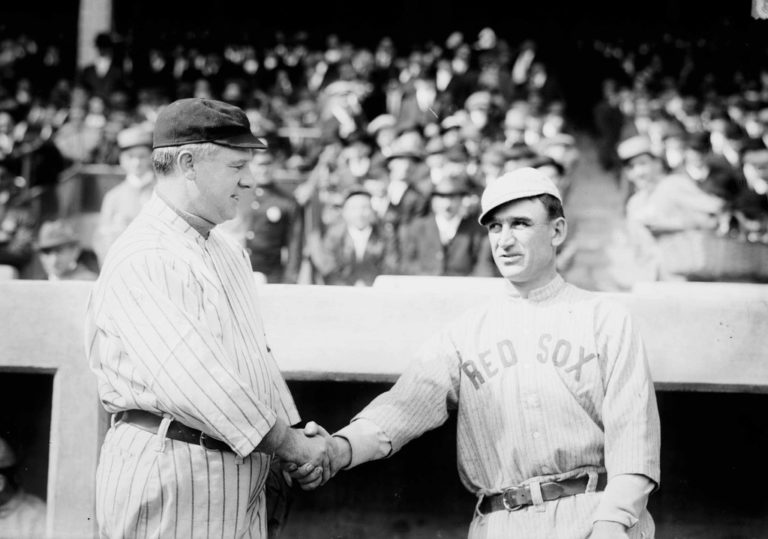Ed Barrow- Major League Manager Born in Springfield, Il
A bit of a deviation from players but this manager from Springfield has some really cool things in his background. Legacy Barrow was the first executive to put numbers on player uniforms. He also announced the retirement of Lou Gehrig’s uniform number, the first number to be retired. Barrow was also the first executive to…

